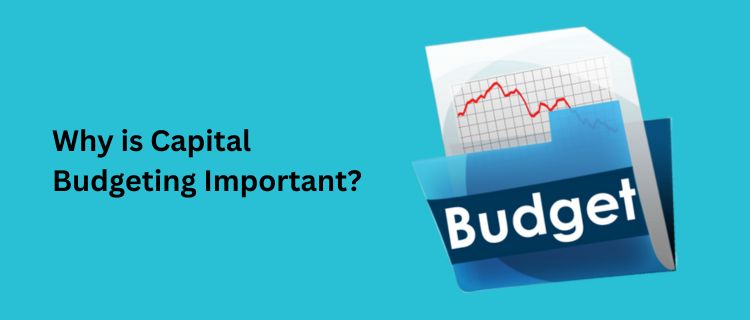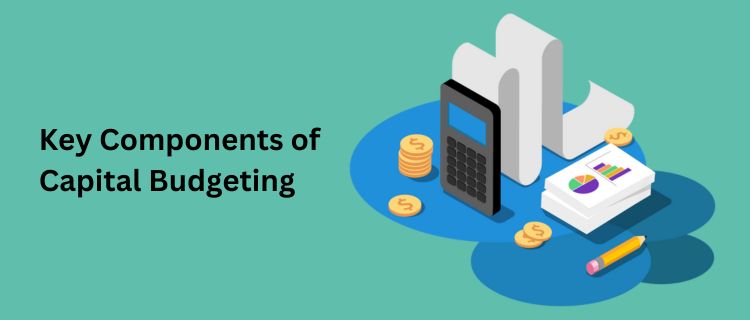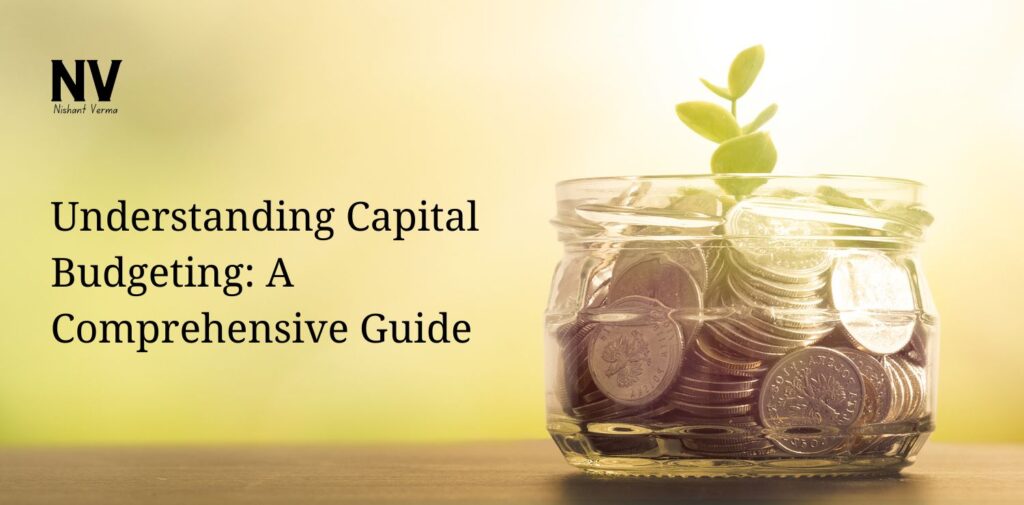Capital budgeting is a crucial aspect of financial decision-making for businesses. In simpler terms, it’s like planning for the big purchases a company needs to make to grow and thrive. In this guide, we will break down capital budgeting into easy-to-understand sections to help you grasp its significance and how it works.
What is Capital Budgeting?
It is the process through which a company decides which long-term investments are worth pursuing. These investments typically involve significant cash outflows but are expected to generate returns over an extended period.

In Simple Terms:
Imagine you want to buy a car. You’d consider the cost, fuel efficiency, and how long it will last. Businesses do the same thing but with long-term investments like new factories, machinery, or technology.
Why is Capital Budgeting Important?

- Strategic Planning:
It helps companies align their investments with long-term goals. It’s like creating a roadmap for success, ensuring that every big spending decision contributes to the overall strategy. - Resource Allocation:
Businesses have limited resources, and capital budgeting helps them allocate these resources wisely. It’s like deciding where to plant seeds in a garden for the best harvest. - Risk Management:
By carefully evaluating potential investments, companies can identify and manage risks. It’s similar to checking the weather before planning an outdoor event – you want to be prepared for any unexpected challenges. - Maximizing Returns:
It is about making investment opportunities that will bring in more money than they cost. It’s like choosing to invest in a business that has the potential to grow and make a profit.
Key Components of Capital Budgeting

Identifying Opportunities:
- Explanation:
This step involves finding potential investment opportunities that align with the company’s goals. It’s like exploring different job opportunities before deciding which one suits you best. - Example:
If a company wants to expand, it might consider opportunities like opening new branches, upgrading technology, or introducing new products.
Estimating Cash Flows:
- Explanation: Here, companies estimate the money they expect to receive and spend throughout the investment’s life. It’s like creating a budget for a road trip, considering all expenses, from gas to snacks.
- Example:
If a company is considering buying new machinery, it needs to estimate not only the initial cost but also the future costs and revenues associated with using that machinery.
Evaluating Risks:
- Explanation:
Every investment comes with risks, and this step involves assessing and understanding those risks. It’s like checking the weather forecast before planning an outdoor event to prepare for rain or shine. - Example:
If a company is thinking about expanding globally, it needs to assess the risks involved, such as changes in foreign exchange rates or political instability in the target market.
Calculating Net Present Value (NPV):
- Explanation:
NPV is a financial metric used to evaluate the profitability of an investment by comparing the present value of cash inflows and outflows. It’s like determining the current value of money you’ll receive or spend in the future. - Example:
If a company is considering a new project, it calculates the NPV to see if the project is expected to generate more revenue than it costs.
Considering the Payback Period:
- Explanation:
The payback period is the time it takes for an investment to generate cash flows equal to its initial cost. It’s like estimating how long it will take to recoup the money spent on a new car through fuel savings. - Example:
If a company invests in energy-efficient technology, it calculates the payback period to see when the energy savings will offset the initial investment.
Internal Rate of Return (IRR) Analysis:
- Explanation:
IRR is another financial metric used to assess the attractiveness of an investment. It’s like comparing different job offers based on their respective rates of return. - Example:
- If a company is considering two projects, it calculates the IRR for each to determine which one offers a higher rate of return.
- Real-Life Examples of Capital Budgeting
Expanding Production Capacity:
- Explanation:
Imagine a bakery that wants to expand its production capacity by purchasing new ovens and machinery. Before investing, the bakery would analyze the costs, expected revenue increase, and potential risks. - Key Considerations:
- Initial cost of new equipment.
- Expected increase in production and sales.
- Risks such as changes in consumer preferences or increased competition.
Implementing Technology Upgrades:
- Explanation:
A tech company might consider upgrading its software and hardware to stay competitive. Before making this decision, it would assess the costs, potential efficiency gains, and any risks associated with the upgrades. - Key Considerations:
- Cost of new technology.
- Expected improvements in efficiency and productivity.
- Risks such as compatibility issues or a learning curve for employees.
Conclusion
In conclusion, capital budgeting is like the GPS for businesses, guiding them through the complex landscape of financial decision-making. By carefully evaluating opportunities, estimating cash flows, managing risks, and using financial metrics like NPV and IRR, companies can make informed choices that contribute to their long-term success. So, the next time you hear about capital budgeting, remember it’s not just a fancy term – it’s the strategic planning that keeps businesses on the path to prosperity.




